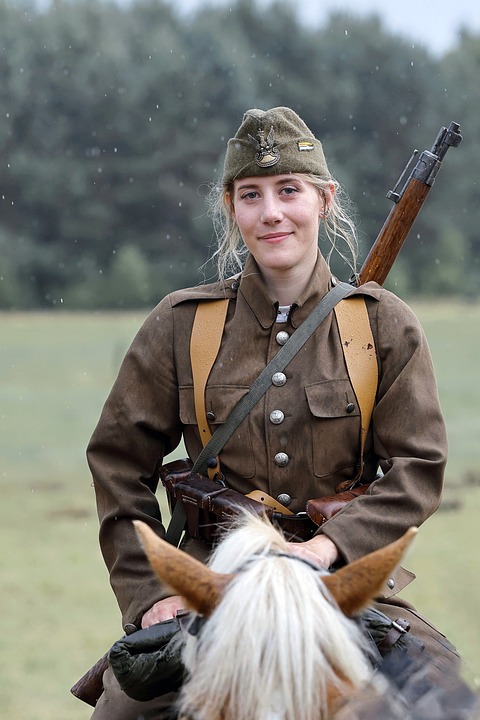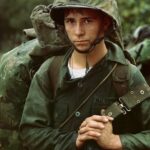The Evolution of Soldier Training Techniques
Ancient Warfare
In ancient times, soldiers were typically trained through a system of apprenticeship and on-the-job learning. Young men would join the military at a young age, and learn the art of warfare through hands-on experience in actual battles. Training was often brutal and unforgiving, with a strong emphasis on physical fitness, discipline, and the development of combat skills.
One of the earliest known forms of military training techniques dates back to the ancient Greeks. The Spartans, in particular, were renowned for their rigorous training regimen, which began at a young age and focused on physical fitness, endurance, and discipline. Soldiers were expected to endure harsh conditions and intense physical training in order to prepare for the rigors of combat.
Medieval Warfare
During medieval times, soldier training techniques began to evolve as armies became more organized and warfare became more complex. Military academies were established in various European countries, where soldiers were trained in the art of combat, strategy, and leadership.
One notable example of a medieval training technique was the use of mock battles or war games. Soldiers would engage in simulated battles to practice their skills and tactics in a controlled environment. This allowed soldiers to refine their abilities and learn from their mistakes without the risk of actual combat.
Modern Warfare
The training of soldiers underwent a major transformation with the advent of modern warfare in the 19th and 20th centuries. Military academies were established in various countries, where soldiers were trained in a wide range of skills, including marksmanship, tactics, strategy, and leadership.
One of the most significant developments in soldier training techniques was the introduction of boot camps. Boot camps were designed to quickly and efficiently train large numbers of soldiers in a short period of time. These intense training programs focused on physical fitness, discipline, and teamwork, with the goal of preparing soldiers for the demands of modern warfare.
Technological Advancements
With the advancement of technology, soldier training techniques have continued to evolve. The use of simulators and virtual reality training programs has become increasingly common, allowing soldiers to practice their skills in realistic combat scenarios without the risk of injury.
Another important development in soldier training techniques is the use of cognitive training. Soldiers are now trained not only in physical combat skills, but also in mental resilience, decision-making, and problem-solving. This holistic approach to training prepares soldiers for the mental and emotional challenges of warfare, in addition to the physical demands.
Specialized Training
As warfare has become more specialized and complex, so too have soldier training techniques. Specialized training programs have been developed for various roles within the military, such as special forces, snipers, and bomb disposal units. These programs focus on developing highly specialized skills and expertise in order to carry out specific missions.
One example of specialized training techniques is the use of live-fire exercises. Soldiers are trained in the use of various weapons and tactics in realistic combat scenarios, allowing them to hone their skills under realistic conditions. This type of training is essential for preparing soldiers for the challenges of modern warfare.
Conclusion
The evolution of soldier training techniques has been driven by the changing nature of warfare and the need to adapt to new challenges and technologies. From ancient apprenticeships to modern boot camps and specialized training programs, soldiers have always been required to undergo rigorous and demanding training in order to prepare for combat.
As technology continues to advance, soldier training techniques will likely continue to evolve to meet the demands of modern warfare. Whether through the use of simulators, virtual reality, or specialized training programs, the goal remains the same: to prepare soldiers to face the challenges of warfare with skill, courage, and resilience.


